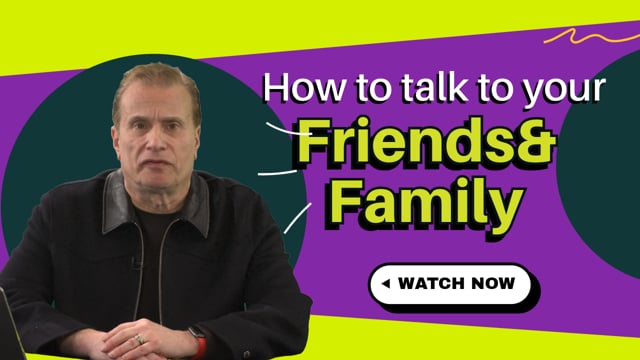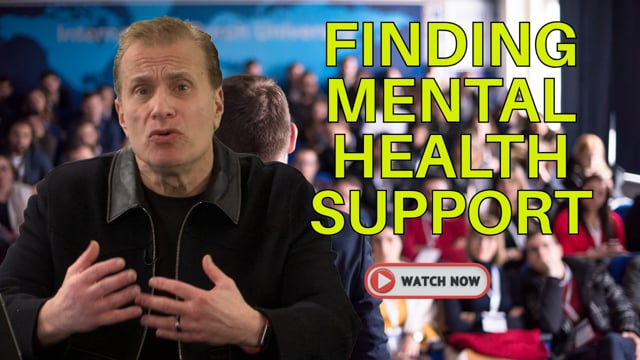

First Steps
What are possible First Steps? First Steps can be different for all of us. We don’t all have the same resources, and we don’t all have the same comfort in reaching out. What works for me might not work for you—and that’s okay.
When I was at my lowest, trapped in depression’s darkest hole, even the smallest first step—like researching options—gave me a spark of hope. Doing something, no matter how small, can loosen hopelessness’s grip. Doing nothing lets it tighten.
What if the first step toward feeling better was sitting right under your nose? It’s possible your workplace has already paved the way for you—with benefits that cover therapy, an Employee Assistance Program (EAP),or other mental health resources. The thing is, you might not even know they’re there.
Start by checking your benefits guide (if you can find it)or talking to HR. Yes, reaching out can feel intimidating—maybe you're worried about confidentiality or how it might affect your career. Here's the truth:these conversations are private if you want them to be, and those resources exist to help, not judge.
Still unsure? Let’s address your concerns—and why they don’t need to hold you back.
Sometimes, the first step to feeling better is simply talking to someone you trust. It might be a friend, a family member, or someone who knows you well enough to listen and care. Not all of us have that person, but if you do—starting the conversation can be powerful.
I know how hard it can be to open up. You might worry about being judged, misunderstood, or dismissed. Sometimes you need to start by telling that person you aren’t looking for them to fix you, but rather to simply hear you. Sometimes, saying it out loud is the first step toward understanding it yourself.
If sharing feels overwhelming, that’s okay. Here are some ideas to help you break the ice and get the conversation started.
When I realized how much I had changed—and how hopeless I felt—the first step I took was to make an appointment with my family doctor. Your family doctor can be a gateway to specialists, but they can also offer treatment themselves.
Here’s the thing: talking about your mental health is not like other doctor visits. For physical ailments, your doctor has tools—like exams and tests—to figure out what’s wrong. But with mental health, they have only one tool: what you tell them.
That’s why preparation is key, but It’s hard for many of us to put our feelings into words. If you don’t share what’s really going on, it’s impossible to get the right help. I made that mistake the first time I talked to my doctor about depression.
Learning from my mistakes and speaking to a ton of people helped me create a playbook (checklist) (game plan) for your crucial first appointment.
Taking the first step toward better mental health doesn’t have to be complicated or involve anyone else—at least not to start. It can be as simple as sitting at your computer and doing a quick search for resources you didn’t even know were out there like support groups, programs, and connections.
To prove how easy this can be, I gave it a shot—not for me, but to show you just how much help is a click away and just how quickly you can find it.






